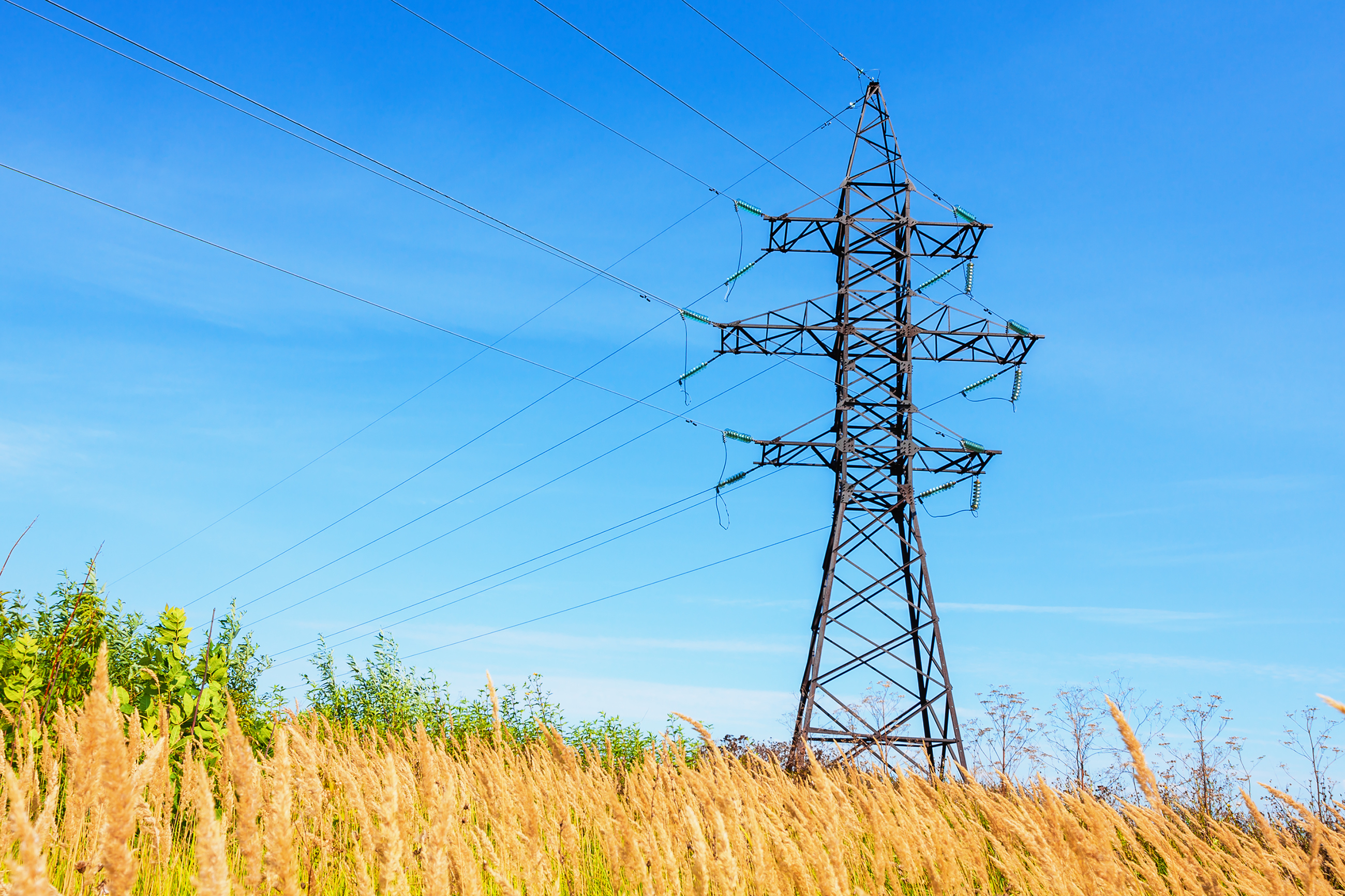For 40 years, we've been driving our country's economic and social progress. Four decades shaping Spain.
2020, the year with the 'greenest' energy thanks to record wind and solar photovoltaic generation
- Renewables account for 44% of total generation nationwide and have increased their production by 12.8% compared to 2019.
- CO2 equivalent emissions associated with electricity production fell by 27.8%, reaching the lowest value since records began in 2007.
- 53.8% of the Spain’s complete power generation fleet is renewable, with wind power being the leading technology installed nationwide.
- During 2020, the COVID-19 pandemic was responsible for the reduction in electricity demand in Spain, which fell by 5.6 % compared to the previous year.
Renewables produced 44% of the total energy generated in Spain last year, making 2020 the greenest year since national records began in 2007. In total, 110,450 GWh were generated from natural and inexhaustible resources such as wind, sun and water, which represents an increase of 12.8% compared to the data for 2019. This information is only part of the data published in the ‘Spanish Electricity System. Preliminary Report 2020’, a publication prepared by Red Eléctrica de España (REE) that collates the main annual figures of the Spanish electricity system for 2020 and which REE presented today at an event held at the Ministry for Ecological Transition and the Demographic Challenge.
For the Chairwoman of Red Eléctrica, Beatriz Corredor, "the increase in renewable generation to an all-time high has been achieved with very high standards of quality and security in the electricity supply. An objective achieved, even in exceptional moments such as those experienced in the last year, which have posed a challenge for the operation of the electricity system. This extraordinary response is undoubtedly the result of the ongoing work of our teams, the investment we make in maintenance and the latest generation technologies with which we equip the Spanish transmission grids."
The event was also attended by the Director General for Energy Policy and Mines from the Ministry for Ecological Transition and the Demographic Challenge, who highlighted the role of renewables as a hedging mechanism for consumers when faced with the volatility of international fossil fuel markets: "During 2020 we have continued to work tirelessly to accelerate, in an orderly manner, the energy transition, driving the increase in the installed power capacity of renewable technologies, but also the introduction and development of the rest of the fundamental systems for the energy transition, such as energy storage, renewable hydrogen, energy and citizen communities, self-consumption, sustainable mobility or the digitalisation of grids."
The report, which includes the key performance indicators regarding the electricity sector in Spain over the past year, highlights the record production of wind power, responsible for more than a fifth of the total annual generation, and solar photovoltaic, which recorded an increase of 65% compared to the values for 2019. These two renewable technologies were responsible for 21.9% and 6.1%, respectively, of the total annual electricity generation in Spain in 2020.
Wind has thus become the second technology in a generation mix led by nuclear which closed the year with a share of 22.2 % of the total. The third source of generation was combined cycle, which generated 17.5% of the total, although it reduced its production by 20.3% compared to 2019. Hydro, which was the fourth most GWh-producing technology in 2020, saw its generation increase by 23% and reached a share of 12.2% of the national total.
Coal-fired generation, whose production fell by 60.4% compared to the previous year, reached its lowest share in the generation mix in 2020, accounting for only 2% of the total electricity production nationwide. The decline in this technology, which in 2007 generated a quarter of the country's total electricity, highlights the progress of the decarbonisation process that our country is undergoing and that is transforming Spain through the ecological transition.
All in all, greenhouse gas emissions were 27.8% lower than those recorded in 2019, with carbon-free generation accounting for 67.3% of the total, reaching a production of 168,953 GWh, which is also an all-time high of emission-free electricity generation in our country since records began.
Renewables, account for nearly 54 % of Spain’s power generation fleet
The increase in renewable production in Spain would not have been possible without the installation of new MWs of renewable power. At the end of 2020, Spain’s complete power generation fleet had increased its renewable power capacity by 4,015 MW, with solar photovoltaic being the technology that has risen the most, with a growth of 29.5% compared to 2019, followed by wind power, which has grown by 5.3%, making it the leading technology nationwide.
In addition, during the past year, 3,950 MW of coal-fired power capacity were decommissioned in Spain, which contributed to the fact that as at 31 December 2020, the total installed renewable power capacity accounted for 53.8% of Spain’s overall production capacity.
Electricity demand suffers from the effects of the pandemic
In 2020, the COVID-19 pandemic had direct consequences on electricity consumption, which in Spain fell to 249,819 GWh, a drop of 5.6% compared to 2019. After having factored in the influence of seasonal temperatures (+0.1%) and working patterns (-0.1%), electricity demand maintained the same variation as in gross terms, fall-ing 5.6 % compared to the previous year.
By electricity systems, it is those of the Balearic Islands and Canary Islands that have been most impacted by this drop: over the year as a whole, demand in the Balearic Islands fell by 19.2%, while in the Canary Islands the fall was 10.5%, compared to 2019 values. For its part, mainland electricity demand recorded an overall annual fall of 5.1%, with a maximum variation of -21.3% on 20 April, the largest decrease in the year compared to the equivalent day in 2019.
The transmission grid in 2020
The availability rate of the peninsular transmission grid for 2020 stood at 98.5%, which is 0.5% higher than in 2019. This improvement trend is can also be seen in the Balearic Islands system, which increased from 96.9% in 2019 to 98.7% in 2020, and in the Canary Islands system, which experienced an increase in the availability rate of 0.3% this year, closing the year at 99.2%.
Download here the press releases with the results of each region












